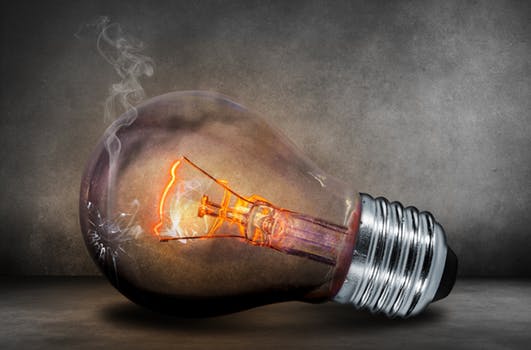Edison's Errors: When Genius is 99 Percent Flop Sweat
When you think of inventors, the iconic example might be Thomas Edison, who brought us the electric lightbulb. In the process, he discovered what we call the "Edison effect."
The idea is that in a vacuum, electrons will move from a heated surface to a cooler one. Simple as it sounds, it's a fundamental principle underlying modern electronics, from toasters to computers.
By the time the Wizard of Menlo Park died in 1936 at the age of 86, he had managed to attach his name to 2332 patents worldwide. Some of those creations he produced personally, some he helped develop as part of a team, and sometimes the connection is dubious. It seems if you worked in Edison's lab, he had no problem sticking his name on your work. (Edison didn't invent taking credit for the efforts of his underlings, but he certainly brought it to new levels.)
Still, there's no denying Edison had a deep domain knowledge. The lightbulb, the phonograph, the movie camera—these are the kinds of triumphs we associate with someone operating at the top of their game. He embodies the essence of growth mindset in his famous quote: "Genius is one percent inspiration and 99 percent perspiration."
The mythmaking process tends to edit out a person's missteps. We may remember his legendary persistence, trying filament after filament as he searched for a material that could sustain the glow of electricity, but the punchline is still unmitigated success.
Edison was not, however, allergic to all-out failure. Writing for Smithsonian.com, Erica R. Hendry recounts some of his more notable flubs.
For instance, what do you do when you hold the corner on sound recording technology? Edison decided to team up with a German doll manufacturer to produce a talking doll. If you're picturing a reassuring Tom Hanks as Woody from Toy Story, think again. According to Leondard DeGraaf, an archivist at the Thomas Edison National Historical Park, the voice coming from Edison's girl doll was "just ghastly."
It wasn't just a creepy doll, it was a malfunctioning doll, fragile and prone to breaking. After 30 days, Edison recalled her from store shelves.
Edison also invented a vibrating "electric pen" designed to puncture paper, creating a dimpled template which would serve as a master for producing additional copies. The final design was awkward, heavy, noisy, messy, and difficult to control. Ultimately, he gave up, selling the technology and patent to recoup some of his expenses. A.B. Dick bought a piece of that technology, reconfigured it, and created the first mimeograph machine, thus for many years becoming the hero of churches and grade school teachers everywhere.
Although it's harder to trace, some say the modern tattoo pen also owes its roots to Edison's abandoned contraption.
Putting aside Edison's incredible drive for self-promotion and his less-than-honorable treatment of employees, collaborators, and competitors, maybe the most impressive part of his story is the sheer number of times Edison failed. Hours, days, and years were sacrificed in the pursuit of his goals—often ending in crushing loss, both emotionally and financially. And still he persevered until his dying day, choosing instead to focus on what might lay ahead of him.
You might think about that the next time you flip off the light switch. Provided you can get his creepy doll out of your head.




Comments
Post a Comment